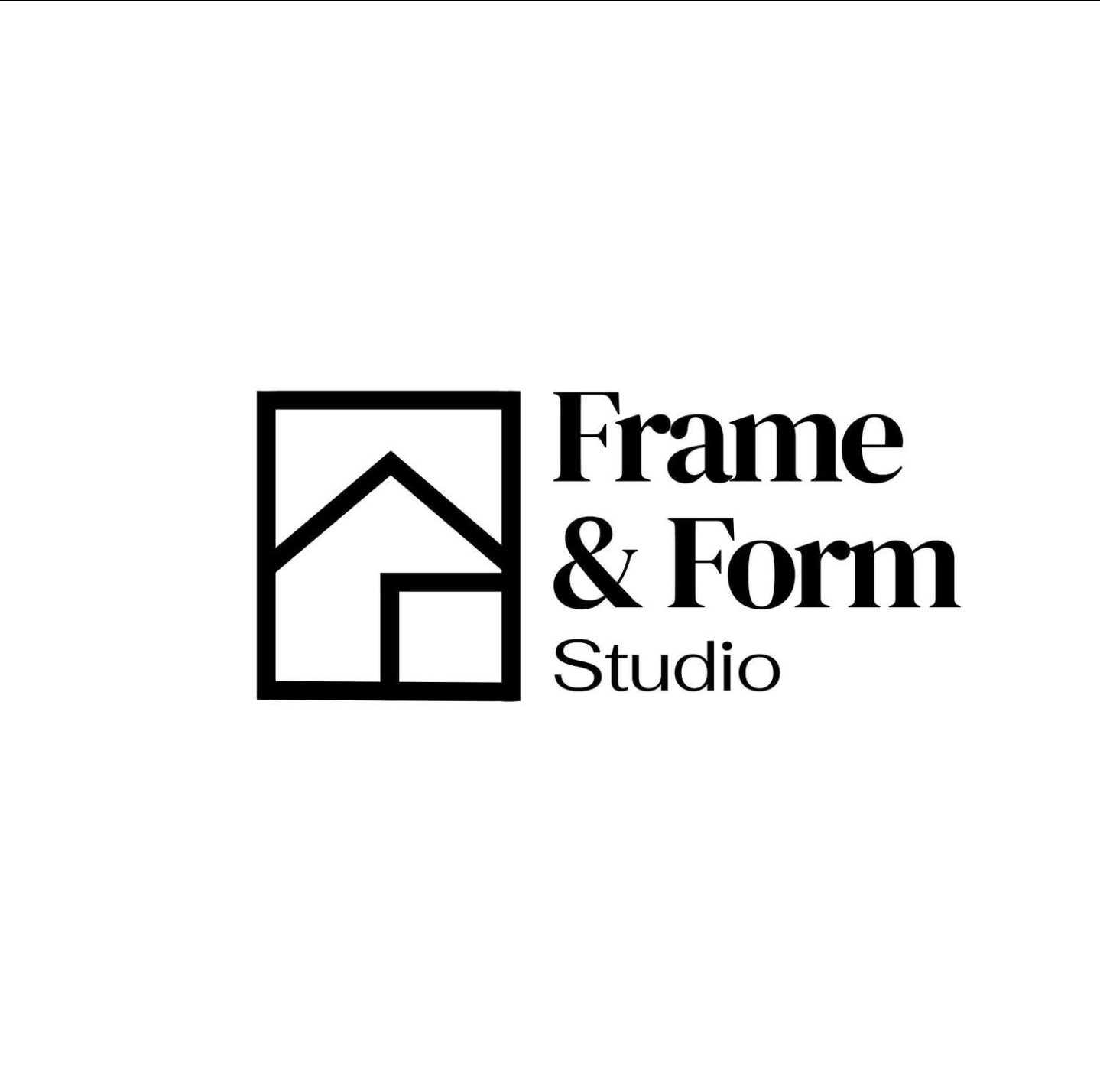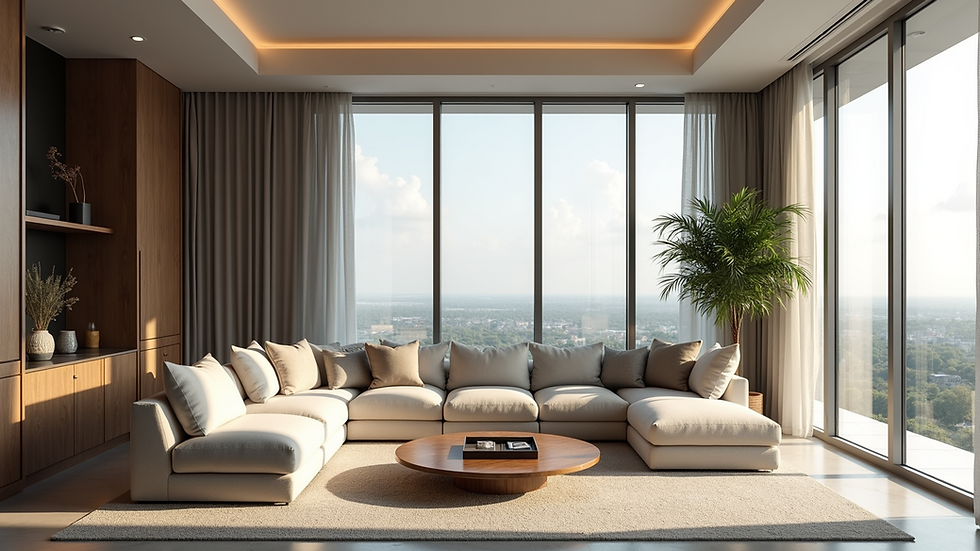Why Virtual Staging is Dominating the Real Estate Market in 2025 (And What It Means for Your Listings)
- Colby Hollins
- May 20
- 2 min read

In today’s digital-first real estate market, first impressions aren’t made at open houses—they’re made on screens. With over 97% of homebuyers starting their search online, how your listing looks visually can make or break a sale. Enter virtual staging—the fast, affordable, and incredibly realistic way to transform empty or outdated spaces into stylish, scroll-stopping interiors. As home sales slow in some markets and competition stiffens, agents and investors are embracing virtual staging like never before to boost appeal and shorten time on market.
The Rise of Virtual Staging in 2025:
Virtual staging isn’t a new concept—but its adoption has exploded in 2025, thanks to advancements in AI rendering, remote buying trends, and cost-conscious sellers. Instead of physically renting furniture or hiring stagers, real estate pros can now send high-quality photos to a studio like Frame and Form Studio, where designers digitally add furniture, decor, and even improved lighting. The result? A warm, inviting space that helps buyers see the potential.
Here’s why virtual staging is quickly becoming a must-have tool in your marketing toolkit:
1. Virtual Staging Sells Homes Faster
According to the National Association of Realtors (NAR), 82% of buyers’ agents said staging helped clients visualize the property as a future home, and 44% said it increased the dollar value offered. Listings with virtual staging get up to 2x more clicks and sell 73% faster than non-staged listings, according to a recent Redfin report.
2. It’s More Cost-Effective Than Traditional Staging
Physical staging can cost $2,000 to $5,000+, especially for larger or luxury homes. Virtual staging, on the other hand, ranges from $30 to $150 per image, depending on customization. For budget-conscious sellers and investors flipping properties, it’s a no-brainer.
3. It Offers Unmatched Flexibility
Want to show a space as both an office and a bedroom? No problem. Virtual staging allows you to create multiple versions of a space, target different buyer personas, and remove unsightly features without altering the physical property. For properties still under construction or mid-renovation, this is game-changing.
Expert Insight:
“Virtual staging has become essential for listings in today’s visual market in South Florida. “It’s not about deceiving—it’s about helping people imagine. And in that imagination, they fall in love.”
Conclusion:
Virtual staging isn’t a gimmick—it’s a competitive edge. As we move deeper into a digital economy, visual storytelling will only grow more critical. Buyers want to feel something when they view a property online. Virtual staging creates that emotion, fast-tracking interest, offers, and closings.
Looking Ahead:
With tools like AI-generated interiors and interactive 3D CAD models on the rise, the future of staging is immersive, affordable, and fully customizable. If you’re not yet using virtual staging in your listings, now’s the time to start.
_edited_edited_pn.png)




Comments